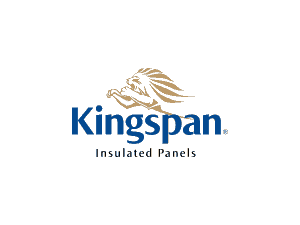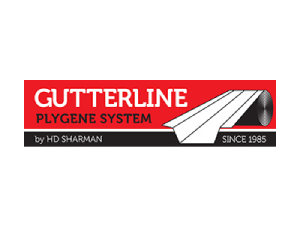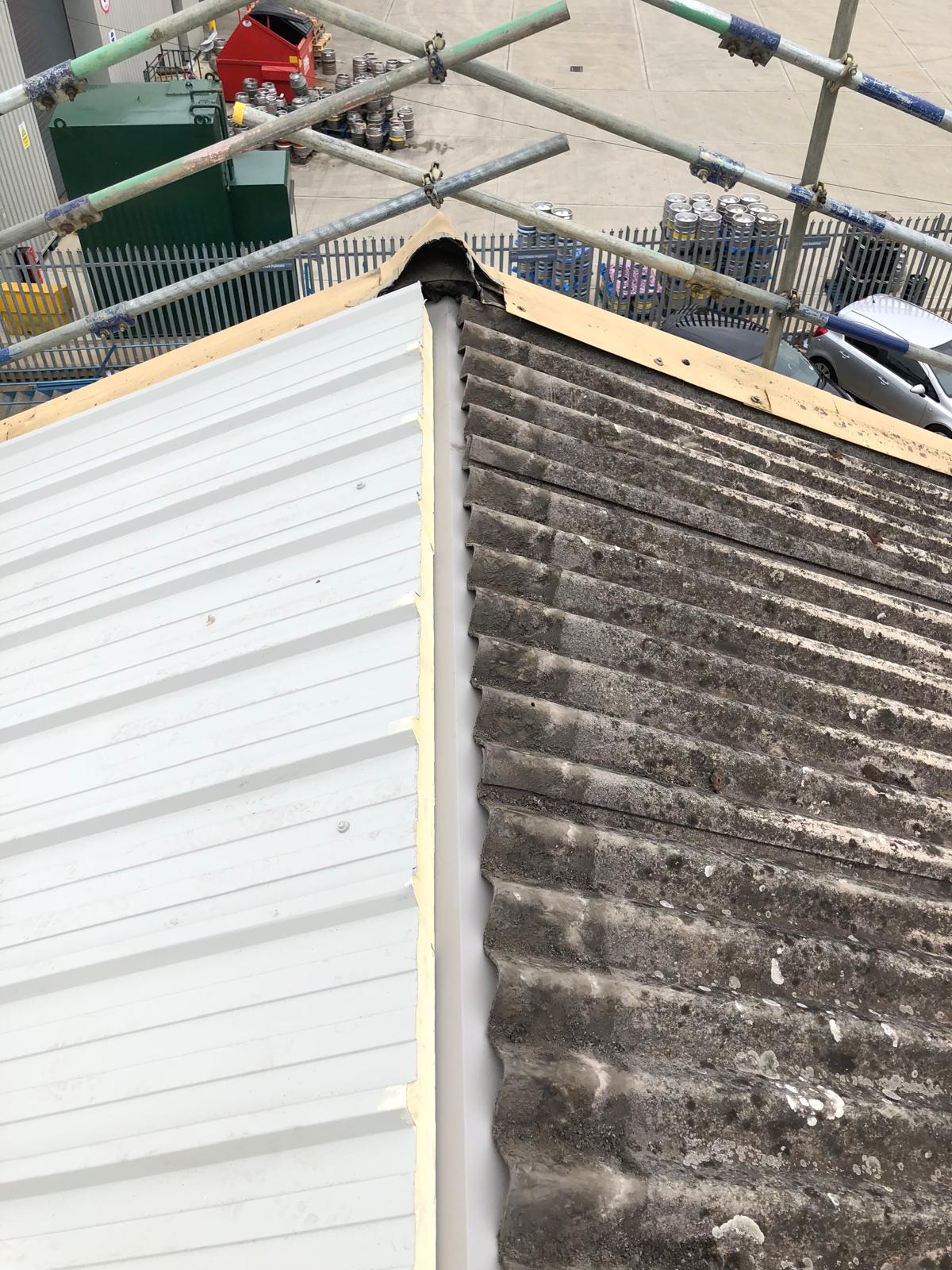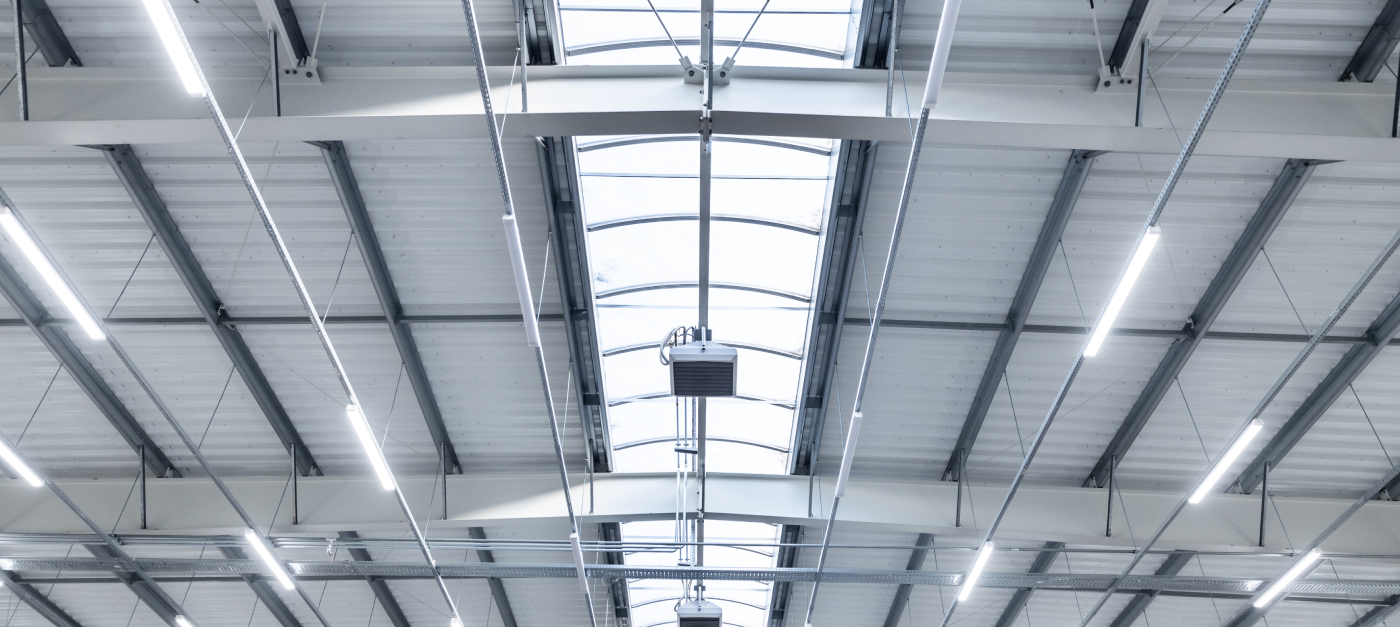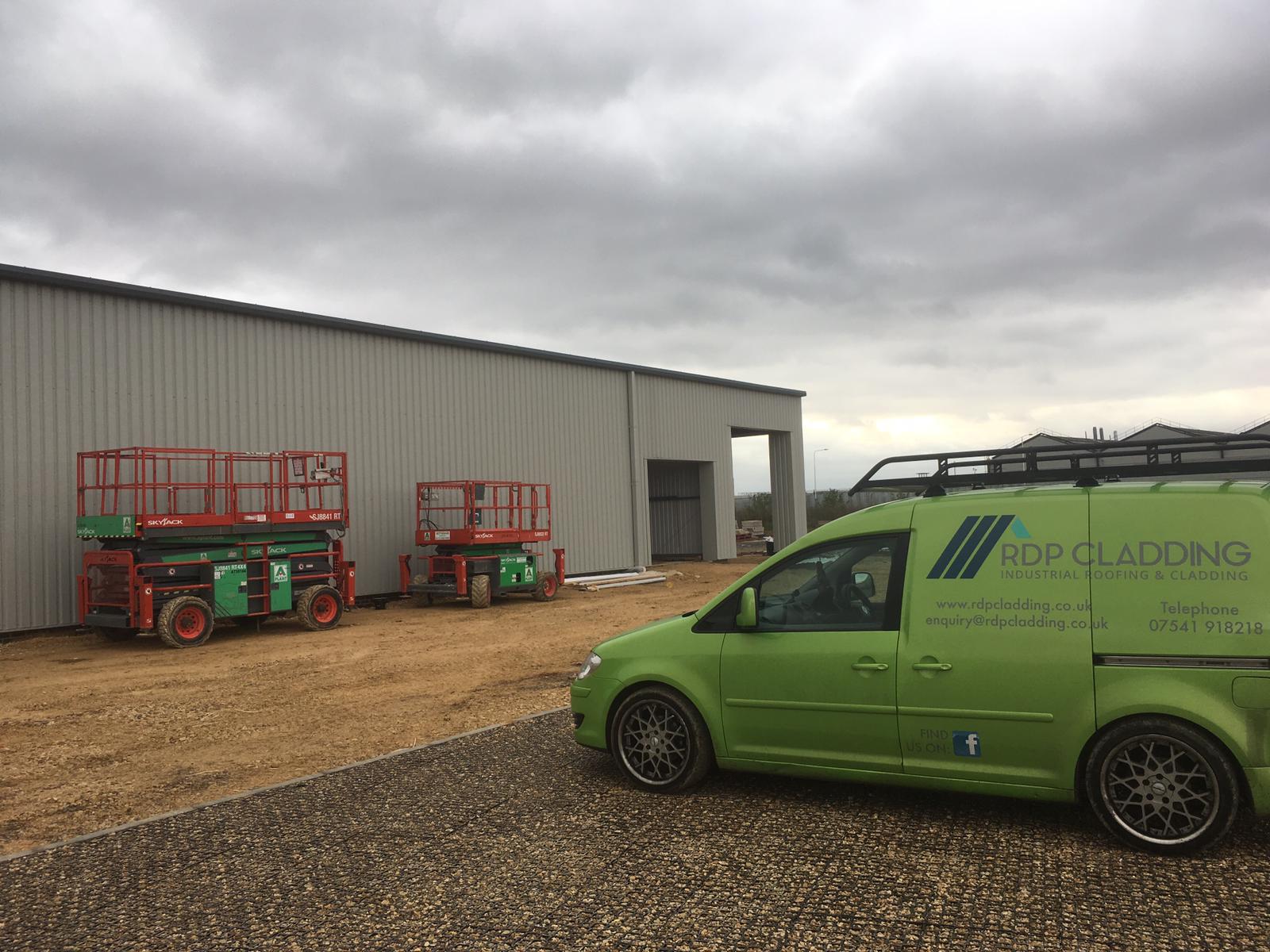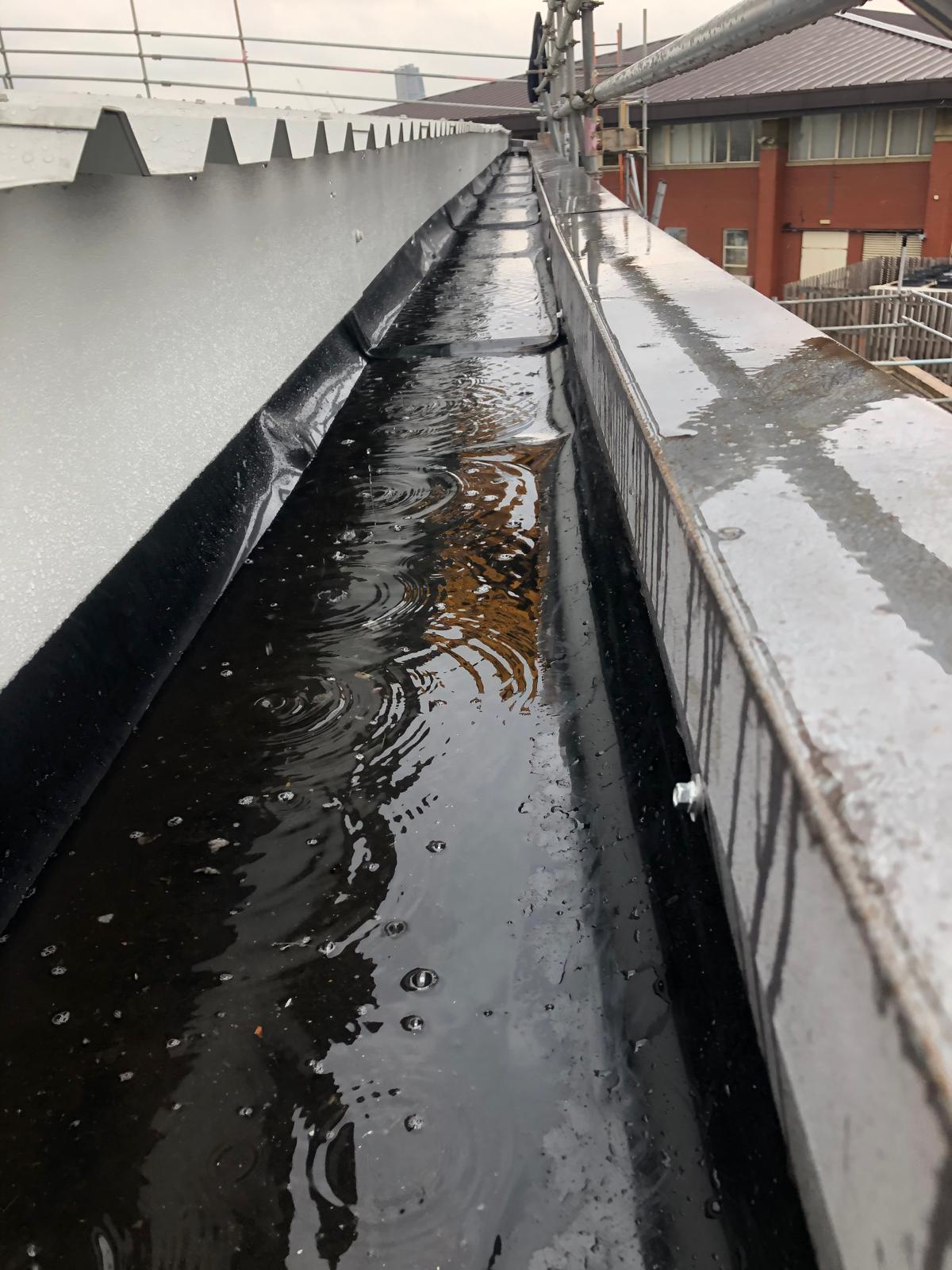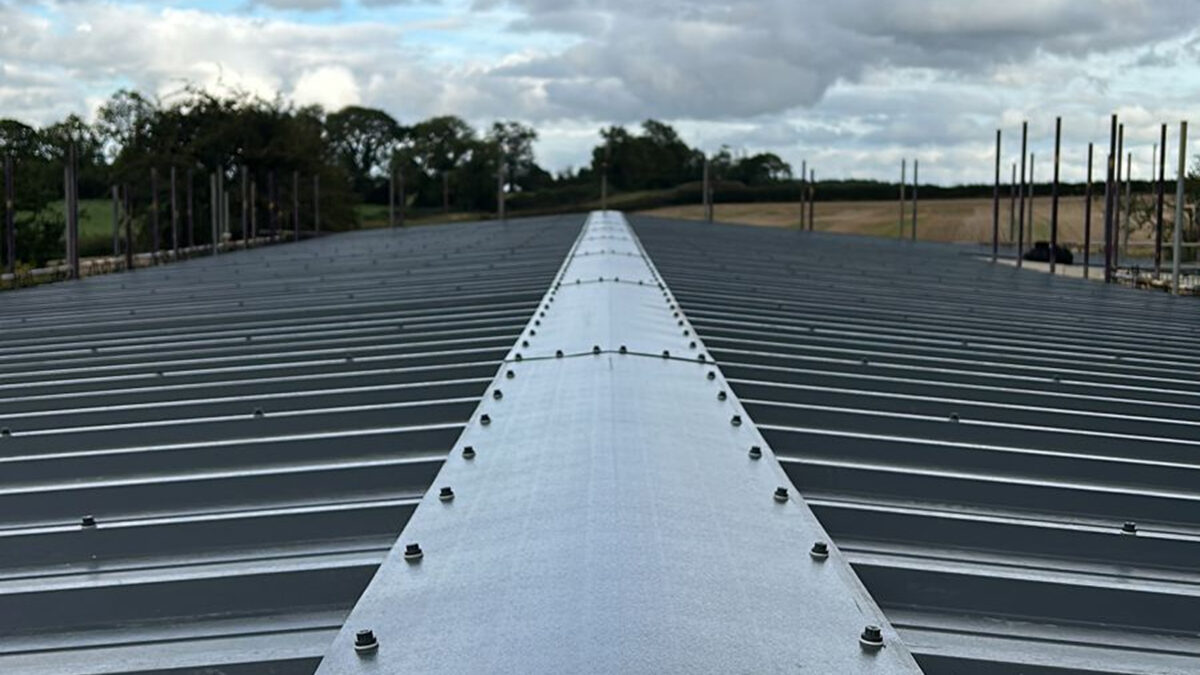Over-cladding & Encapsulation
Over-cladding & Encapsulation
What is Overcladding?
Overcladding involves installing a new weatherproof cladding system over your existing roof or walls, creating an additional protective layer without the disruption and cost of complete removal.
When Overcladding Works Best
It’s an effective solution when your building’s structure remains sound but the external envelope needs upgrading for thermal performance, weather protection, or aesthetic improvement. Installation is typically faster than strip and resheet, with less disruption to your business activities.
RDP’s Overcladding Experience
RDP Cladding has delivered overcladding projects across the UK for over 20 years, particularly on buildings with asbestos-containing materials where encapsulation provides a safe, compliant alternative to removal. Our systems use modern insulated panels from manufacturers like Kingspan, improving energy efficiency while extending your building’s lifespan by decades.
Safe Asbestos Roof Encapsulation
Roof encapsulation seals hazardous materials like asbestos cement beneath a new weatherproof system, eliminating exposure risks without costly licensed removal.
How Encapsulation Works
Our encapsulation process involves thorough inspection, protective coating application where required, installation of a spacer system, and new insulated roofing over the top. The result is a safe, compliant, energy-efficient roof that meets current Building Regulations.
Long-Term Protection
RDP Cladding has safely encapsulated numerous asbestos roofs across the Midlands and beyond, providing building owners with warranties up to 40 years at a fraction of complete removal costs.
See Our roofing & cladding Services
Our Services
Is Commercial Overcladding Right for Your Building?
Commercial overcladding offers significant advantages when your building structure is sound but the external envelope needs improvement.
Choose Commercial Overcladding When:
- Existing commercial roof structure and framework are in good condition
- Improving thermal insulation is your primary goal
- Asbestos encapsulation is appropriate (non-friable materials)
- Budget is more limited than complete replacement
- Faster installation with minimal operational disruption is important
- Commercial building appearance needs modernising
Consider Strip & Resheet Instead When:
- Structural damage exists in purlins, rails, or decking
- Asbestos materials are deteriorated or damaged
- Roof is severely corroded or leaking extensively
- Building requires significant structural modifications
Need Help Deciding?
We’ll assess your commercial property during a free site survey and recommend the most cost-effective solution.
Commercial Overcladding Benefits
Improved Energy Efficiency: Modern insulated systems dramatically reduce heating and cooling costs for commercial buildings, with U-values as low as 0.18 W/m²K achievable through proper specification.
- Safe Asbestos Management: Encapsulation eliminates exposure risks and disposal costs while meeting HSE compliance requirements. No licensed removal needed for intact materials in commercial properties.
- Cost-Effective Commercial Solution: Typically 30-40% less expensive than complete strip and resheet while delivering comparable performance improvements for commercial and industrial buildings.
- Minimal Business Disruption: Faster installation with no internal exposure, allowing continued commercial operations throughout the project.
- Enhanced Commercial Property Appearance: Transform tired, dated commercial buildings with modern finishes in your choice of colours and profiles.
- Extended Commercial Building Lifespan: Add 40+ years of protection to your commercial property with manufacturer-backed warranties and durable modern materials.
- Superior Weather Protection: Eliminate leaks and water ingress with a completely new weatherproof envelope over existing commercial roof structure.
- Commercial Building Regulation Compliance: Achieve current thermal efficiency and fire safety standards without major structural work to your commercial property.
Over cladding Asbestos Roofs
Many older industrial and agricultural buildings in the UK have roofs made of asbestos cement sheets. While these asbestos roofs are durable, they become a concern as they age and start to leak or deteriorate.
Removing an asbestos roof entirely is expensive and requires strict safety procedures but over cladding provides a smart alternative in many cases.
Safety: All asbestos containing material remains sealed in place, preventing any harmful fibres from being released.
Cost effectiveness: Avoiding full asbestos removal saves a considerable amount of money. Specialist removal and disposal of asbestos can be one of the biggest expenses in a roof replacement project.
Regulatory compliance: Over cladding must be carried out by professionals who follow asbestos safety regulations.
Preserved roof integrity: As long as the existing asbestos cement roof is stable (not extensively cracked or crumbling), over cladding adds a protective layer that stops leaks immediately.
Commercial Overcladding FAQs
Professional Commercial Overcladding Services Across the UK
With over 20 years of experience, RDP Cladding delivers reliable commercial overcladding and encapsulation projects for industrial and commercial buildings nationwide.
Why Choose RDP for Commercial Cladding:
- Free commercial site survey with structural assessment
- Fixed-price quotation with no hidden costs
- Safe asbestos encapsulation for commercial properties
- Full RAMS and compliance documentation
- Accredited Kingspan installer with 40-year warranties
- SMAS Worksafe certified for commercial site safety
- Direct director involvement throughout your commercial project
GET IN TOUCH
Enquire Today
Leave your details below and a member of our team will be in touch.
Our Partners
Fully accredited & trusted
